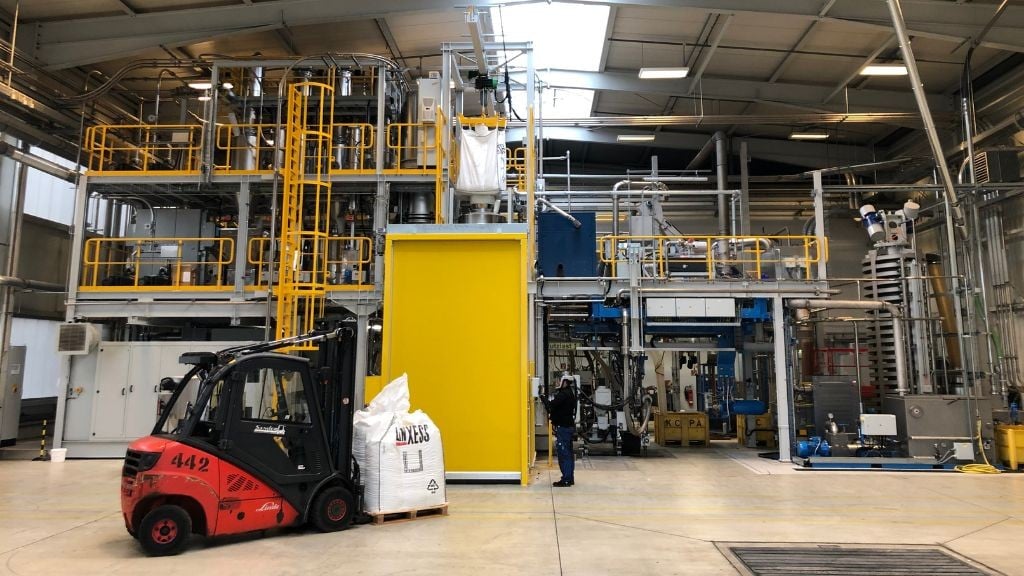
A recent report by the Ellen MacArthur Foundation, which promotes a circular economy that reduces waste and keeps products in use, estimates that by 2050, there could be more plastic than fish in the world's oceans.
Yes, the picture is bleak. Recycling rates must improve. But some of the rhetoric has gotten out of hand. It's not helping. More to the point: we have got to stop minimizing the contribution that recycling makes.
Yes, there are those calling for an end to all single-use plastic products. But we need to champion today's recycling efforts and start saying things like "let's do better," instead of rhetorically draining a critical tool of its value.
We also need to make recycling easier and more attractive for the consumer, particularly in the COVID-19 era. There is a way we can do this that may not be familiar to many North Americans: reverse vending machines (RVMs).
RVMs accept plastic PET bottles (number one at the bottom of the bottle) for recycling and automatically give consumers a refund or their container deposit back. Found around the world, they're an automated way to collect, sort and handle the return of used drink containers.
They've been around for decades and are typically installed in regions with robust container deposit laws, but many Americans don't know about RVMs because only 10 of our states have such laws.
But we don't need legislation. RVMs could be paid for and maintained by beverage companies, who would then offer consumers discount coupons on their various products (not just beverages) inside the very store where the shoppers just recycled their containers. These coupons would have to offer a discount large enough to incentivize RVM use, but that's the idea: RVMs should sit outside of every superstore and big supermarket in the country, making it easy for and incentivizing consumers to recycle. With that kind of ubiquity, recycling and collection rates would increase.
TOMRA Collection Solutions, the world's largest RVM manufacturer and distributor, plans to introduce RVMs that can accept over 100 beverage containers at a time by the end of 2020 in the U.S. The idea is to avoid any waiting in line while others pop one bottle at a time. Additionally, the overall RVM market is forecast to grow from $343.6 million, where it stood in 2018, to $685.1 million by the end of 2025, according to QY Research.
As we tackle the pandemic as well as climate change, this news couldn't come at a better time. RVMs require no human contact. And, by helping to increase recycling rates, we can make more new bottles from old bottles, cutting our collective carbon footprint and protecting our oceans and waterways from the scourge of plastic pollution.
RVMs can make this as easy as grocery shopping. Let's make it reality.
Leon Farahnik is CEO of CarbonLITE Recycling, the world's largest recycler of plastic beverage bottles, with plants in California, Texas and Pennsylvania.
This article is an excerpt from the article published as the Last Word in the November/December 2020 edition of Recycling Product News, Volume 28, Number 1.
Company info
10250 Constellation Blvd, Suite 2820
Los Angeles, CA
US, 90067
Website:
carbonliterecycling.com



